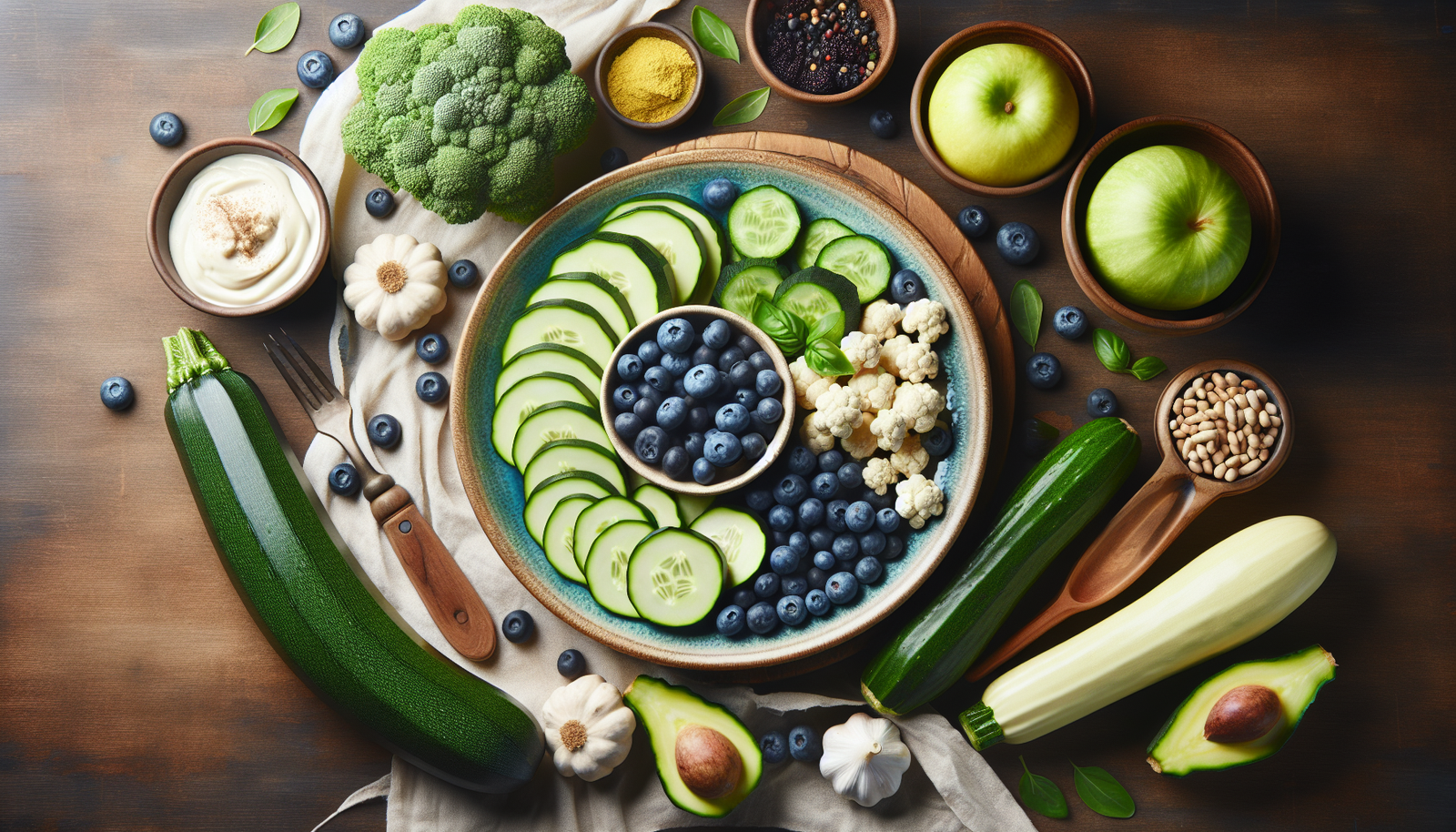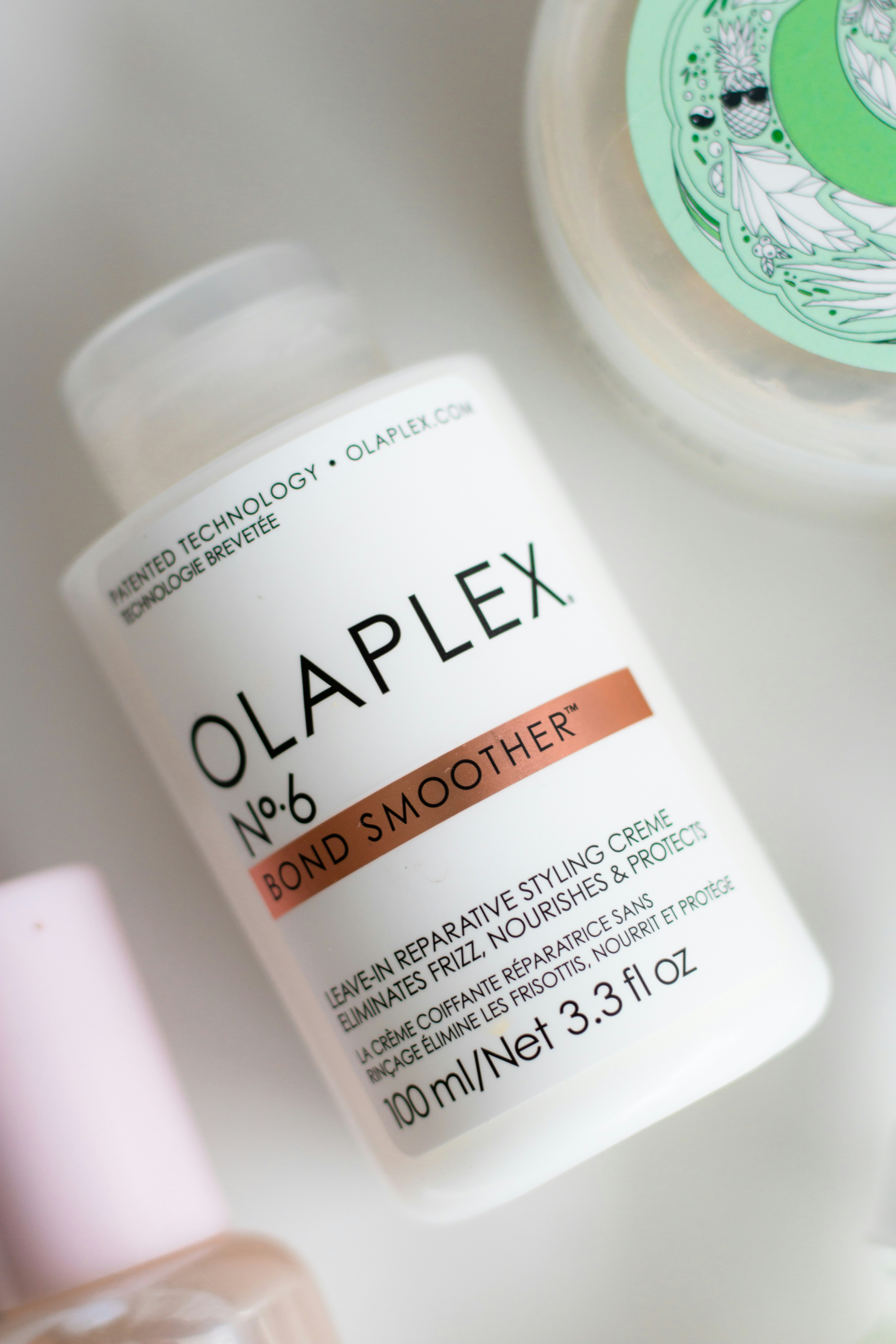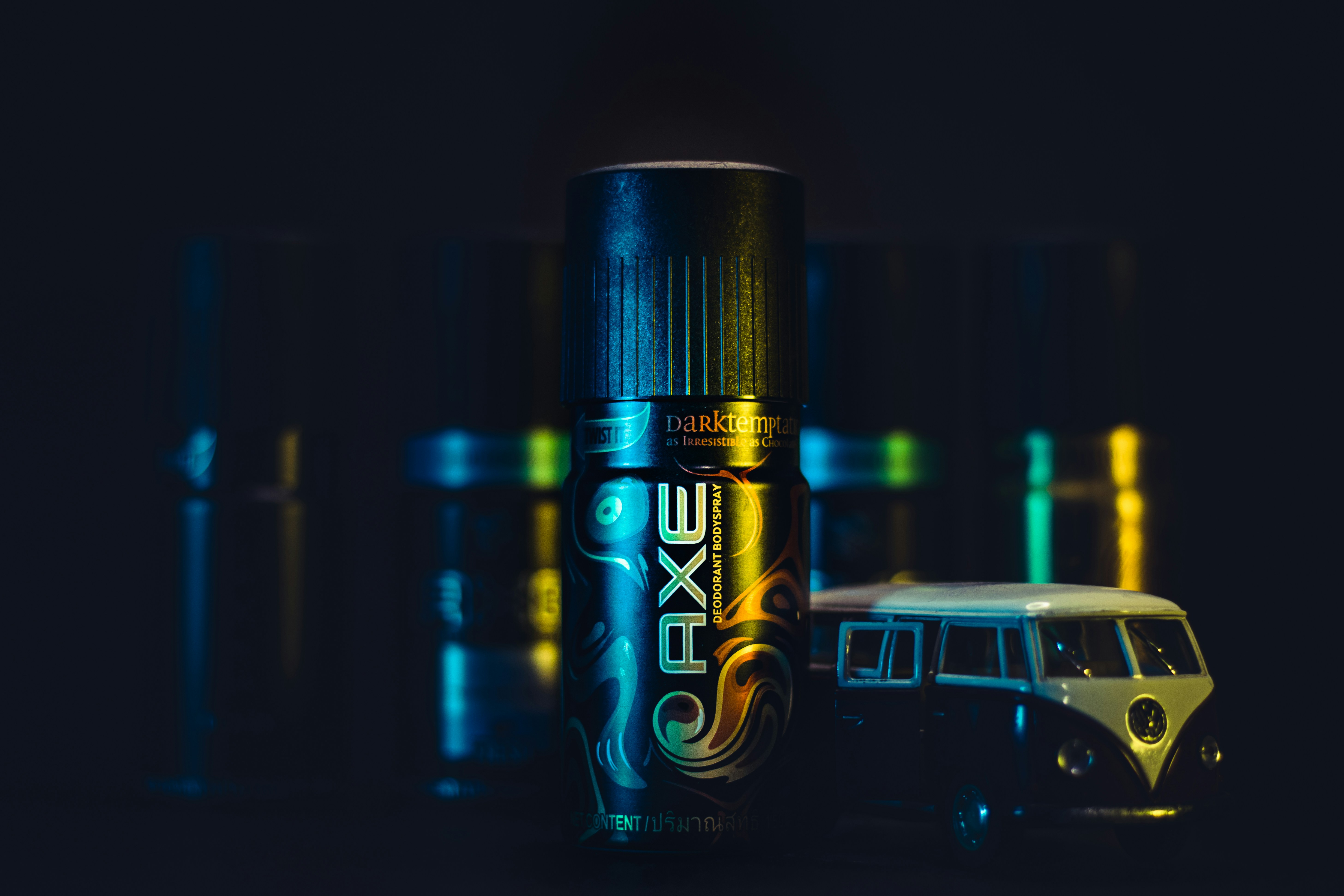Have you ever wondered how your gut health might be affecting your body’s ability to detox oxalates? It’s an interesting question, especially considering the increasing awareness around the importance of gut health in our overall well-being. Understanding the relationship between gut healing protocols and oxalate detox is essential if you want to support your body in achieving balance.
Understanding Oxalates
Before we dive into the interaction between gut healing protocols and oxalate detox, let’s clarify what oxalates are. Oxalates are naturally occurring compounds found in many foods, particularly in plants. While your body can handle small amounts of oxalates, high levels can lead to health issues, including kidney stones and sometimes inflammation.
Why Oxalates Matter
You might be wondering why you should even care about oxalates. Well, when you consume foods high in oxalates, they can bind to calcium in your digestive system. This binding can create insoluble compounds, leading to problems like kidney stones or hindering nutrient absorption. Moreover, for some people, especially those with compromised digestion or certain health conditions, the risks seem even greater.
Foods High in Oxalates
If you’re looking to manage your oxalate intake, it’s good to know which foods to watch. Some common offenders include:
| Food | Oxalate Content |
|---|---|
| Spinach | High |
| Rhubarb | High |
| Beets | Moderate to High |
| Nuts (e.g., almonds) | Moderate to High |
| Dark Chocolate | Moderate |
| Tea (black & green) | Moderate to High |
| Soy Products | Variable |
Are there foods on this list that you were surprised to find out contained oxalates? You’ll want to think about focusing on moderation and awareness as you guide your dietary choices.
The Role of the Gut
Your gut is more than just a digestive system; it’s a complex ecosystem. It plays a pivotal role in your overall health, influencing everything from your immune system to your mood. The gut is home to trillions of bacteria, some of which can help in breaking down food, including oxalates.
Gut Microbiome and Oxalate Metabolism
You might not realize it, but the microorganisms in your gut can significantly impact how your body processes oxalates. Certain beneficial bacteria, such as Oxalobacter formigenes, specialize in breaking down oxalates. These bacteria can help in reducing the absorption of oxalates into your bloodstream. If your gut microbiome is unbalanced, you might find yourself struggling more with oxalate-related issues.
The Importance of Gut Health
Gut health isn’t just about avoiding digestive issues; it also correlates with the body’s ability to detoxify itself. If your gut is inflamed or leaky, it can compromise your body’s systems, making it harder to detox effectively. The health of your gut is, in many ways, foundational to your overall well-being.
Gut Healing Protocols
So, how can you take steps to heal your gut? There are various approaches, and what works can vary from person to person.
Dietary Changes
One of the most effective ways to heal your gut is through diet. You want to focus on whole foods, rich in nutrients. This means plenty of fruits, vegetables, whole grains, healthy fats, and lean proteins.
- Avoid processed foods as much as possible.
- Pay attention to inflammatory foods like sugar and refined carbs.
Gut-Friendly Foods
You might be curious about which specific foods can help support gut health. Here’s a handy list:
| Food | Benefits |
|---|---|
| Fermented Foods | Introduces beneficial bacteria |
| Bone Broth | Supports gut lining |
| Leafy Greens | Nutrient-dense and anti-inflammatory |
| Fiber-Rich Foods | Promotes healthy digestion |
| Omega-3 Foods (e.g., fish) | Reduces inflammation |
Eating with intention and focusing on a nutrient-rich diet can be a game-changer for your gut health.
Probiotics and Prebiotics
Probiotics are live bacteria that offer health benefits—like the ones beneficial for oxalate metabolism. Prebiotics, on the other hand, are fibers that feed these beneficial bacteria. Incorporating both can create a more robust gut environment.
Supplements
Depending on your gut health status, you might want to consider certain supplements. L-glutamine, for instance, is an amino acid that may help heal the gut lining. Berberine and digestive enzymes could also be useful in some situations, but it’s essential to consult with a healthcare professional before starting any new supplement regimen.
Oxalate Detox Protocols
Understanding the protocols for oxalate detox can empower you to take control of how your body processes these compounds.
Gradual Reduction
A crucial aspect of oxalate detox is gradual reduction. If you’ve been consuming high-oxalate foods regularly, jumping straight into a low-oxalate diet can lead to withdrawal symptoms, not to mention discomfort. Start by identifying the high-oxalate foods in your diet and slowly decrease their frequency while increasing your awareness of lower-oxalate options.
Hydration
Staying well-hydrated is vital for detoxification. Water helps to flush out toxins and supports kidney function, which is essential for expelling oxalates. Make it a habit to drink adequate amounts of water throughout the day. Some people even find it helpful to add lemon to their water since citric acid can help inhibit kidney stone formation.
Supportive Nutrients
Certain nutrients can also help with oxalate detox. Calcium, for instance, can bind to oxalate in the gut and help excrete it through your stool rather than letting it be absorbed into your bloodstream. Magnesium and vitamin B6 have also been shown to assist in the metabolism of oxalates.
| Nutrient | Benefits |
|---|---|
| Calcium | Binds with oxalate in the gut |
| Magnesium | Aids in oxalate metabolism |
| Vitamin B6 | Supports overall detoxification |
It’s vital to strike a balance between these nutrients as part of both the gut healing and oxalate detox processes.
Interactions Between Gut Healing and Oxalate Detox
Now that we’ve set a solid foundation, let’s discuss how gut healing protocols specifically interact with oxalate detox.
The Bidirectional Relationship
Healing your gut can enhance your body’s ability to manage oxalates, and planning for oxalate detox can lead to improved gut health. For instance, eliminating processed foods can improve gut permeability and reduce inflammation, thus supporting better metabolic function, including that of oxalate processing microbes.
Managing Oxalate Symptoms While Healing the Gut
As you start on your gut healing journey, you may experience some symptoms related to oxalate detox. Symptoms like gastrointestinal discomfort, fatigue, or even mood shifts can occur. Here are some ideas to help manage those symptoms:
- Listen to Your Body: Pay attention to how your body responds to dietary changes; adjust accordingly.
- Stay Hydrated: As mentioned previously, water is your friend during detox.
- Sleep Well: Stress can aggravate gut issues; prioritize good sleep hygiene to support healing.
Working with a Professional
As you navigate the nuanced interplay between gut health and oxalate detox, consider working with a healthcare professional. Whether it’s a nutritionist, a doctor specialized in functional medicine, or a gut-focused therapist, having a guide can enhance your journey. They can provide tailored plans and monitor your progress through both gut healing and oxalate management.
Long-term Lifestyle Changes
Sustainable health isn’t just about following a protocol; it’s about committing to long-term lifestyle changes that encourage both gut health and oxalate detox.
Mindfulness and Stress Management
Your body’s health is intertwined with your mental and emotional state. Practicing mindfulness through meditation, yoga, or simple breathing exercises can reduce stress levels, indirectly benefiting your gut. When you’re stressed, you’re more likely to reach for comfort foods, which often aren’t the best choices.
Regular Physical Activity
Exercise can stimulate digestion and promote a healthy gut environment. It doesn’t mean you need to become an athlete overnight. Even gentle activities, like walking or stretching, can do wonders for your gut health and overall wellness.
Continuous Learning
Stay curious and informed. The world of gut health and detoxification is ever-evolving. Join communities that resonate with your values or pursue courses that deepen your understanding of nutrition and wellness. The more you learn, the better equipped you’ll be to make informed choices regarding your health.
Conclusion: The Path to Healing
Navigating the intricate relationship between gut healing protocols and oxalate detox can seem overwhelming, but you don’t need to tackle it all at once. Start with small changes—like introducing more nutrient-dense foods into your diet, staying hydrated, and managing stress.
In time, you’ll find that not only is your gut health improving, but your whole body feels the effects of these positive changes. Remember, it’s a journey, and every step forward is progress. By being intentional and informed, you empower yourself to foster a body that feels good and functions well. You’re capable of taking these steps toward healing and balance, making it an exciting adventure on your path to better health.




